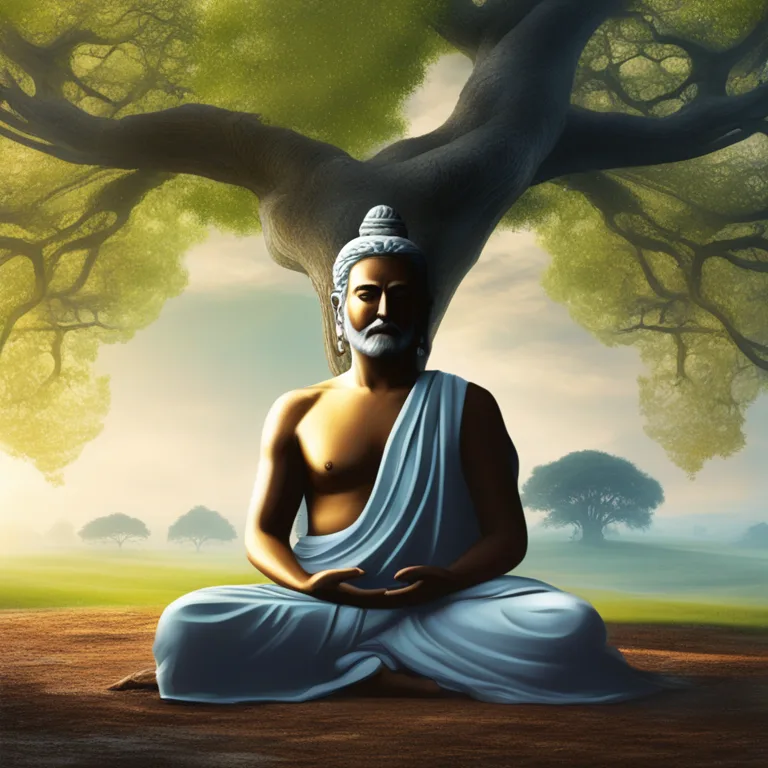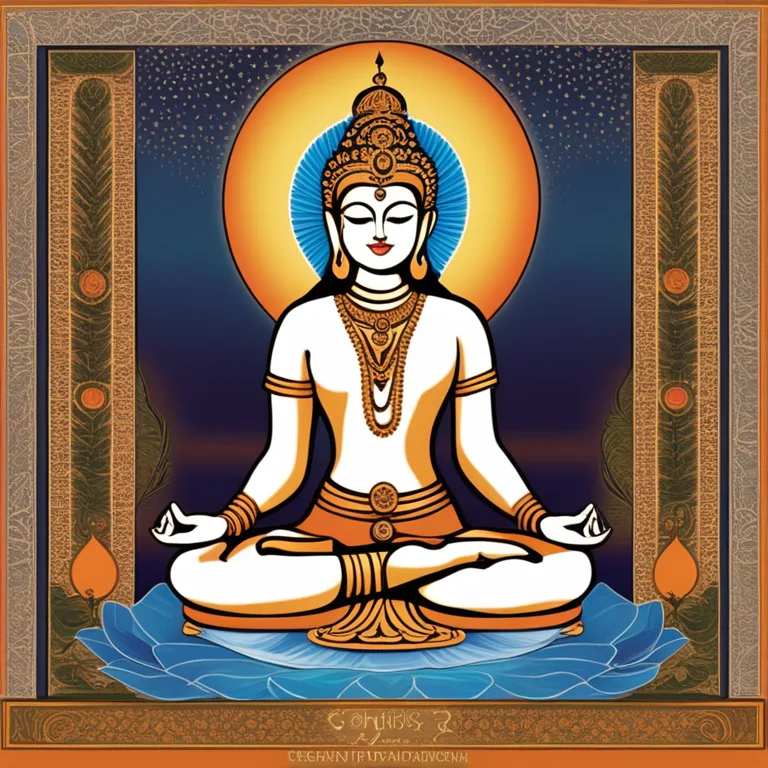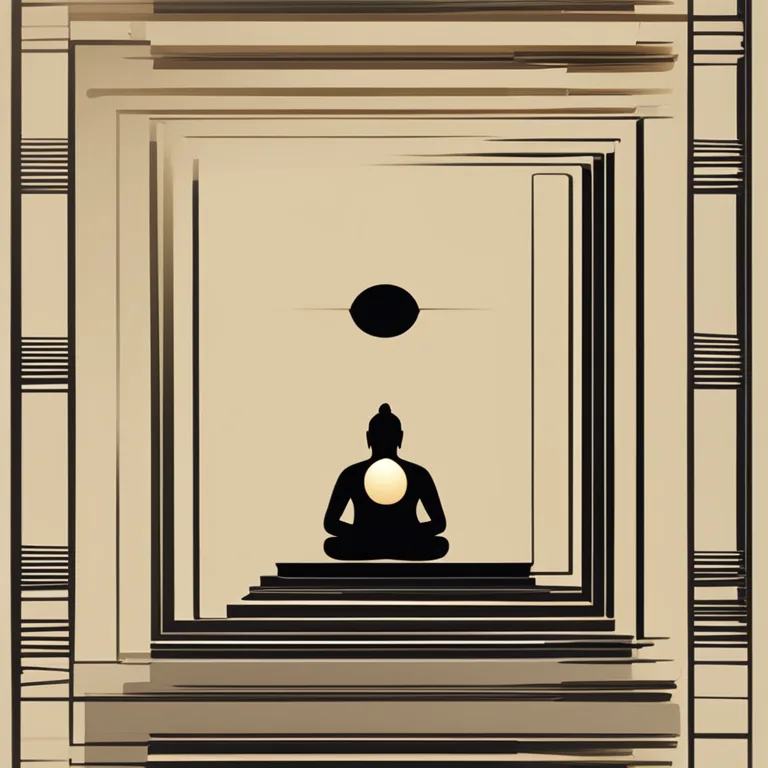
Vedic Meditation Techniques Revealed
Discover the ancient art of meditation as prescribed in the Vedas for a harmonious life.
article by Hina Kurosawa
The Roots of Vedic Meditation
Meditation has been an integral part of the Vedic tradition, dating back to the ancient scriptures of Hindu philosophy known as the Vedas. These texts, composed between 1500 and 500 BCE, provide detailed methods for reaching higher levels of consciousness and achieving spiritual growth. They underscore meditation as a vital technique for fostering inner peace, self-awareness, and enlightenment. Historical sages considered meditation not merely a practice but a way of life, hinged on the very essence of the Vedic worldview that prizes the realization of one's connection to the universal spirit.

Dhyana - The Vedic Meditation
Among the various forms of meditation mentioned in the Vedas, 'Dhyana' stands prominent. It is described as a profound and contemplative state of concentrated focus, which leads to a sense of unity with the object of meditation. This process of deep absorption was later detailed in the Yoga Sutras of Patanjali, which systematically presents the steps to achieve this state. These include withdrawal of the senses (Pratyahara), concentration (Dharana), and ultimately, meditation (Dhyana), culminating in a sublime state called Samadhi.

Mantra Meditation in the Vedas
The Vedas also introduce the concept of mantra meditation, which involves repetitive chanting of sacred sounds known as mantras. Their vibrations are believed to have deep spiritual properties that can resonate with the practitioner, realigning their energy and thoughts with the cosmos. One of the most well-known Vedic mantras is the Gayatri Mantra, which is chanted for enlightenment and spiritual purification.

Tratak - The Gaze
Another meditation technique accentuated in the Vedas is Tratak, which involves gazing steadily at a single point or object without blinking, to improve focus and concentration. This object can be a flame, a dot on the wall, or any point that allows the mind to settle and centralize its attention. Regular practice of Tratak is said to enhance mental clarity and vision, both physically and spiritually.

Vedic Breath Control - Pranayama
Breath control or Pranayama is yet another meditative practice extolled in the Vedas. This technique helps in regulating life energy (prana) through controlled breathing exercises. It is proposed that by mastering one's breath, one can master their mind, as the two are intricately connected. Pranayama practices such as alternate nostril breathing (Nadi Shodhana) are still widely adopted today for their calming and balancing effects.
Transcendental Meditation
Although not explicitly mentioned in the Vedas, Transcendental Meditation (TM) is a technique derived from this ancient knowledge. Developed by Maharishi Mahesh Yogi in the 20th century, TM involves the silent repetition of a mantra to transcend the active mind and access a state of pure consciousness. Its roots can be traced back to the Vedic tradition, and it has become a popular practice worldwide, reputed for stress reduction and self-development.
Integral Yoga - The Synthesis
Sri Aurobindo's Integral Yoga, while a more modern interpretation, also draws heavily from the Vedas. It goes beyond meditation to include life and action as part of the spiritual path. The practice involves surrendering oneself to the divine and working towards the transformation of one's nature, with meditation being a critical aspect of this comprehensive approach to spirituality. This echoes the Vedic quest for harmony between the individual and the universal.
Published: 12/20/2023
Modified: 12/20/2023
More predictions
Come back here soon to learn more about yourself and your future


Vedic Meditation Simplified
Discover the ancient wisdom of Vedic meditation techniques for spiritual awakening and balance.


Boost Concentration with Meditation Techniques
Discover effective meditation strategies to enhance focus and concentration in daily life.


Meditation Techniques for Anxiety
Discover effective meditation practices to manage and reduce anxiety, promoting mental clarity and inner peace.